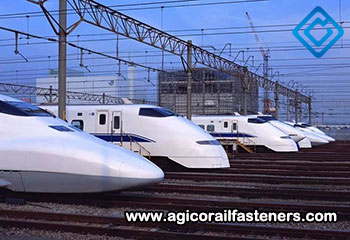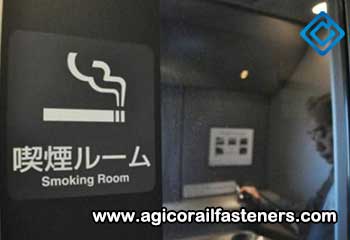Steel Rail & Railway Sleeper
Railroad steel rail and railway sleeper are commonly used on the railway lines, belongs to the key structure of railway track. The train runs rapidly along two railway sleepers, the railway sleep is responsible for carrying the weight of the train and ensuring the smooth running of the train. Therefore, it is necessary to choose well renowned railway steel rail manufacturers if you are going to buy high-quality railroad tie with standard hardness. The function of railway sleeper is to withstand the various forces from the rails and pass them to the track bed while to play a role in maintaining the direction of the rail, gauge and position and so on.
Steel Rail
As a leading steel rail producer, adhering to collaborative spirit of AGICO, our steel rail products combine high quality steel with high technology, which enables them to meet customers’ needs. Development and innovation of the whole production processes in AGICO make us always put emphasis on manufacturing more advanced high-performance rails, keeping longer service life and reducing cost of maintenance for customers. We have various rails for BS, DIN, UIC, ASCE, JIS standards.
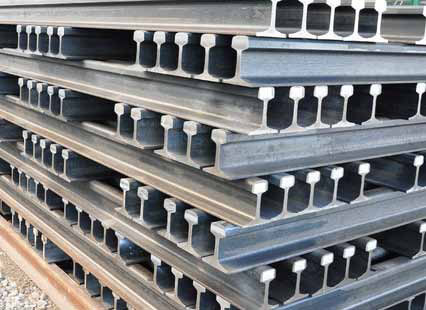
- Made of high-quality steel
- Supported by high-techs
- Cost effective with long service life
- Various rails according to different industry standards: BS, DIN, UIC, ASCE, JIS etc.
High-Speed Steel Rail
Characteristics: flat, straight, long, fatigue resistant rails for record breaking performance.
High-speed railways take advantages in security, environmental performance and passengers comfort through the entire journey. Steel rails always used on high-speed track, including predominantly tangent and large radius curves. AGICO can provide consistency for long, flat and straight steel rails with steel integrity, dimensional accuracy to guarantee zero faults and decades of working life.
Heavy-Duty Steel Rail
Characteristics: hardened, able to withstand extreme weather conditions.
Heavy-duty railway need corresponding rails which needs to bear high loads and extreme wear stresses. Due to heavy loads on the train, the speeds are low so that wear resistance determines the frequency of steel rail replacement.
Mixed Traffic Steel Rail
Characteristics: tailored performance for different grades which based on specific track conditions.
Different loads of trains at different times for their own tasks are running on the mixed traffic railways.
Crane Rail
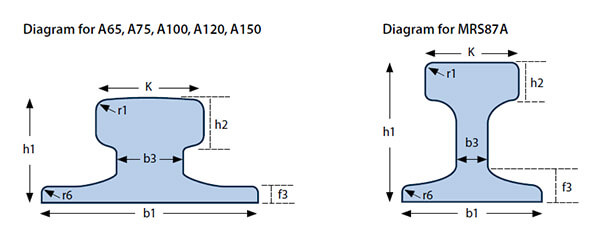
Characteristics: straight, hard-wearing, strong.
Crane rails are designed for bearing heavy loads, which can be used in many kinds of applications. We can supply both American crane rails and European crane rails in any sections of railways as long as customer needs. We also have DIN crane rail.
Railway Sleeper
Railway sleeper can support rails, maintain the rail position, and transfer the enormous pressure to the track base. It must have the certain flexibility and elasticity which can’t be too hard or too soft. As the train passes, it can be suitably deformed to buffer the pressure, but after the train does, it can restore itself as much as possible.
Railway sleeper, also named railroad tie, railway tie or timber sleeper, can be classified into three types according to different manufacture materials: wooden railway sleeper, reinforced concrete railway sleeper and steel railway sleeper. According to different uses (or the used places on the track), it can be classified into general railway tie on common line, special railway tie on turnout and bridge sleeper on steel bridge. The standard railway sleeper size on common line is generally 2.5m, but turnout timber sleepers and bridge timber sleeper in length are within the range of 2.6-4.85m. Let’s introduce railroad steel rail made in china next.
Wooden Sleeper
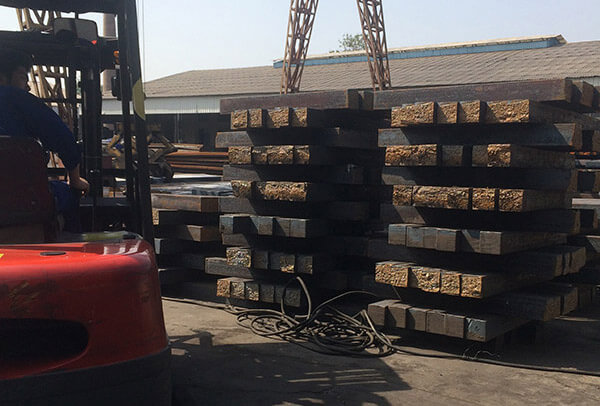
Wood have better elasticity and insulation, with small changes in temperature of the surrounding medium, light weight, easy processing and replacement on the rail line. After preservative processing, wooden sleeper’s life is greatly extended, in about 15 years. So, 90% of the world’s railways use wooden sleeper.
Features of Wooden Sleeper
- A. Wooden railroad ties with the advantages of good flexibility, lightweight, simple production process, good electrical insulation performance, simple connection with fasteners and sleeper, convenient laying, maintenance and transportation, and the greater friction coefficient between the sleeper and gravels.
- B. Wooden railroad ties with the disadvantages of the need for large quantities of wood, easy corrosion, short service life (10-20 years or so), different wood materials. Because the sleepers were laid at different times, they have different performances in elasticity. Therefore, under the impact of the train, they easily bring about the unsmooth phenomenon, resulting in a larger additional force and bad rail direction and widening gauge.
Concrete Sleeper
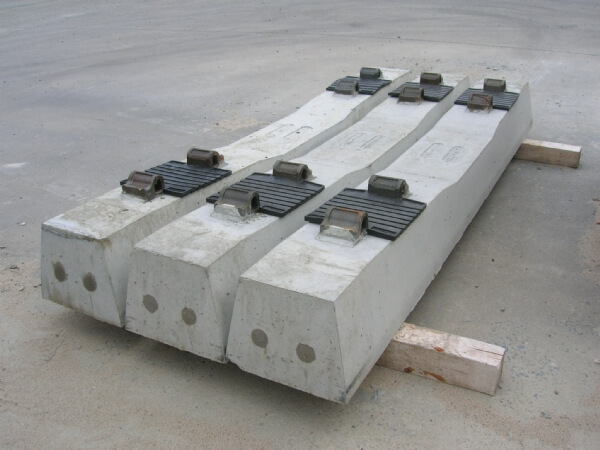
Concrete sleeper save a lot of high-quality steel, with long service life, good stability, can meet the high-speed and large capacity requirements. Rail Sleeper is to bear on the rail and maintain the distance and position between two rails to avoid mal-movements. It can bear the weights of the rails and make them be average distributed on the ballasts (gravels).
Advantages of Pre-stressed Reinforced Concrete Sleeper
Compare with wooden railroad ties, concrete railway ties have the advantage of never decay, so the service life of the concrete railway tie is longer than that of the wooden railroad tie. In addition, the concrete sleeper is greater in weight, which can effectively prevent the rail creeping and increase the stability of the rail track. Besides, the concrete sleeper can withstand enormous stress caused by the long rails.
Disadvantages of Concrete Sleeper
The concrete sleeper is expensive in price and bulky in weight, so it is inconvenient to move. Besides, if the rail track is always overloaded, the concrete railway ties will be broken easily.
Concrete Railway Ties Practical Application
The concrete railway tie is bearing heavy load by pre-stressed steel bars. It is an important technology in modern civil engineering. Its manufacturing method is to put the steel bars into the pre-casting model of the sleeper and fix one end of them first. Next, we use the machine to apply the stress at the other end. When the tension stress applied reaches a certain level, we pour into the concrete. After the concrete is solidified completely, the concrete railway ties are finished. It is worth mentioning that the pre-stressed steel bars will make the sleeper slightly curved downwards. So the surface of the concrete railway tie between two rails is concave to fit the shape of the steel bars.
Why the Concrete Sleeper Need High Strength?
When the train runs, the upper layer steel bars of the sleeper has to bear huge tension, and the down layer steel bars have to bear heavy pressure. As the upper layer steel bars are affected by huge tension, it will produce a kind of anti-functional force to make themselves get shortened. This will help counteract the tension caused by the train. So the concrete sleeper need higher strength.
We receive enquiries in English, Español (Spanish), Русский язык (Russian), Français (French) and العربية (Arabic). Our professional team will reply to you within one business day. Please feel free to contact us!

